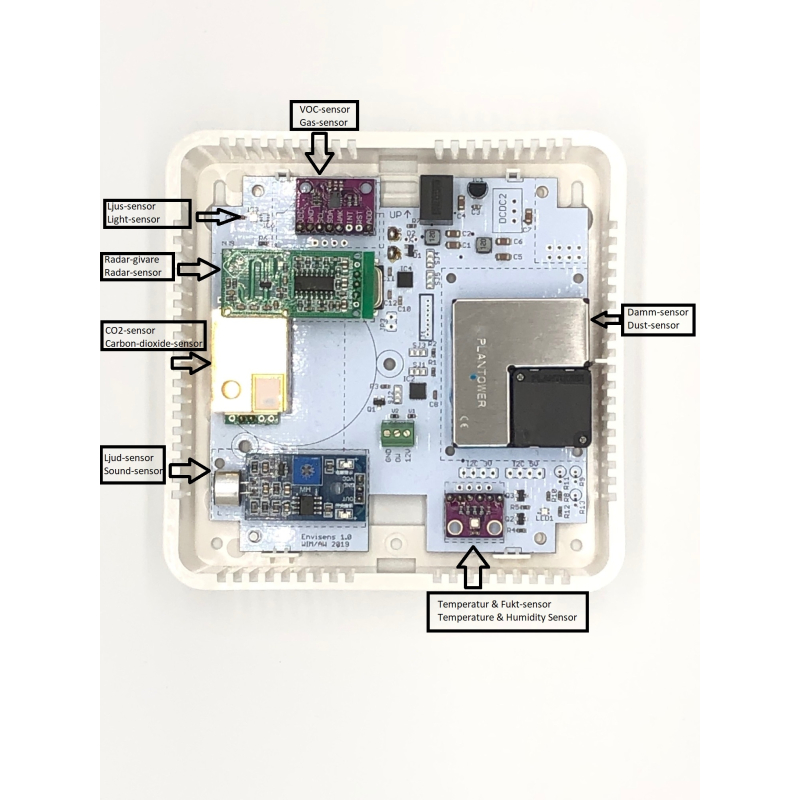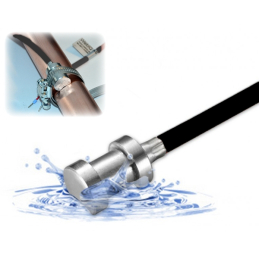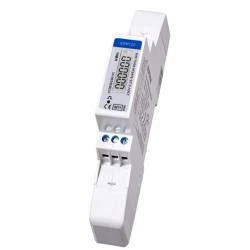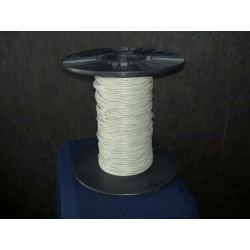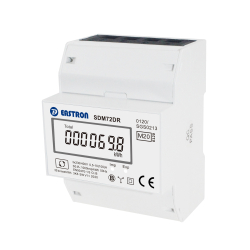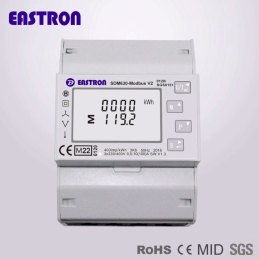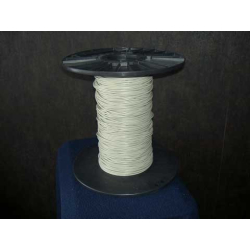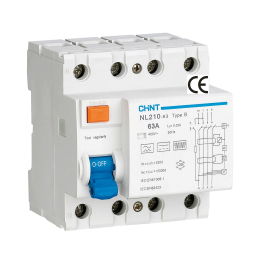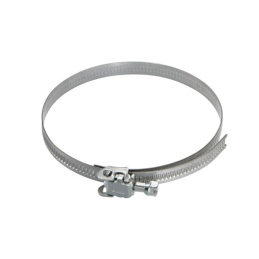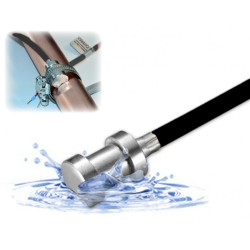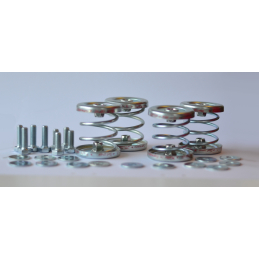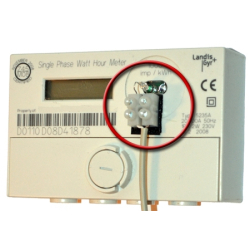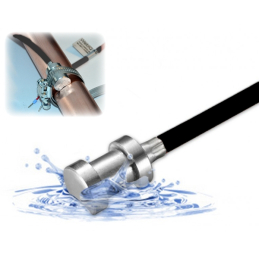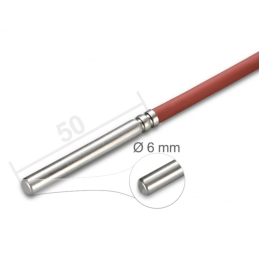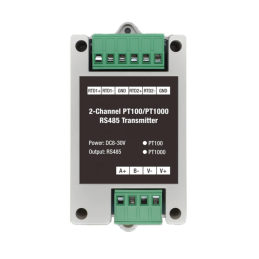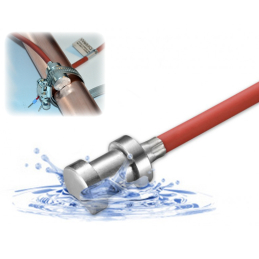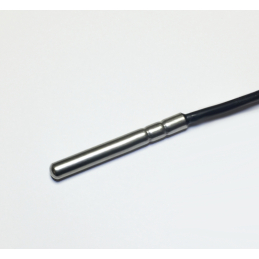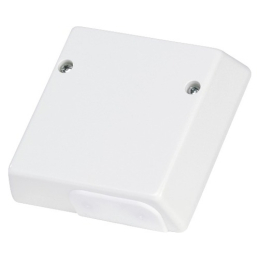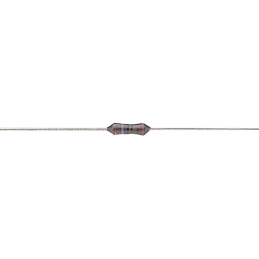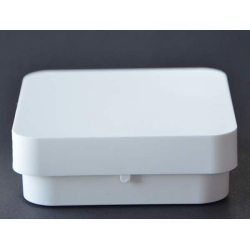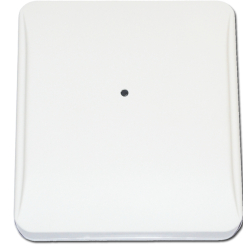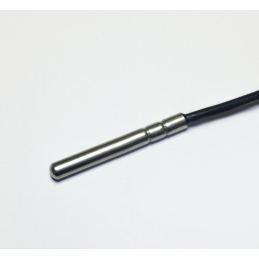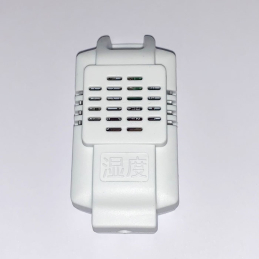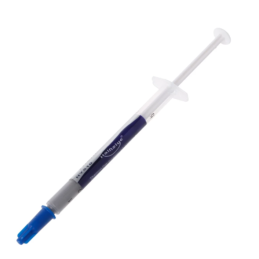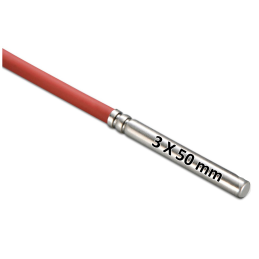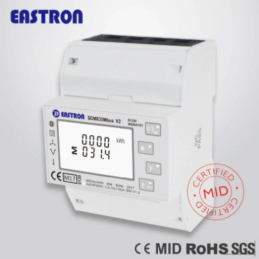Environmental module
Can be connected to two of our loggers, Logger 1010 or Logger 3030. Up to nine different environmental measurements!
Depending on the selected version, the module reads temperature, humidity, light, CO2, motion (with radar), sound, VOC and dust (in two "sizes") - all to give you an idea of the environment in the vicinity of the module. Suitable for the home, office, school or preschool where you want control over your indoor environment.
The environmental module is connected with gnd, onewire (any of sensors 1, 2 or 3) and + 12V.
Note! As the environmental module draws a lot of current, it cannot be supplied with 12V from the screw terminal on the logger. without feeding directly from the mains tag. Cut the 12V conductor to the mains tag and then put it together with a piece of sugar where 12V branches to the environmental module. On Logger 3030, it is possible to take 12V inside the logger from the right pin on the upper POE terminal marked JP1. "
We have prepared three different versions depending on the individual customer's needs.
Standard - temp, humidity, light, CO2
The standard version gives you control over temperature, humidity, brightness and CO2. This module can be used for serious property applications to keep track of air quality and ventilation. Standard takes up a total of 4 sensor locations in the logger.
Mini - temp, humidity, light, movement, sound, VOC
The multi-version is equipped with temperature, humidity, light, motion, sound and VOC sensors. Multi takes up a total of 6 sensor locations in the logger.
About VOC:
"VOCs (Volatile Organic Compounds) are defined by the WHO (1989) as volatile organic compounds with boiling points between 50 and 260 ° C. The range is chosen on metrological, not health, grounds. VOCs are general pollutants in indoor air and several hundred have been identified. The concentrations are low, 100 or 1,000 times lower than the applicable work environment limit values, but usually higher than outdoors.
Sources of pollution are outdoor air, environmental tobacco smoke, other combustion, building materials and furnishings, consumer products, activities and people. It is difficult to distinguish the origin of an individual pollutant because most substances have several different sources.
TVOC (Total Volatile Organic Compounds) denotes the total VOC concentration. However, the term TVOC is not unambiguous but can represent any combinations and proportions of VOC. The average value for TVOC in Swedish homes is about 200-300 μg / m3. "Quote from Karolinska Institutet, read more about health effects at https://ki.se/imm/flyktiga-organiska-amnen-voc
Maxi - temp, humidity, light, CO2, movement, sound, VOC, dust
We call the most advanced version Maxi. This version is equipped with everything that the standard and multi-versions have, ie temperature, humidity, light and CO2 sensors, as well as motion, sound and VOC sensors. In addition, Maxi is equipped with a dust sensor for reading particles in the air. Maxi takes up a total of 9 sensor locations in the logger. "
Note be sure to select the version you want to buy in the drop-down list below the price!
CO2 sensor
Carbon dioxide gas sensor is a general smart small-scale sensor that uses non-dispersive infrared (NDIR) principle to detect the presence of carbon dioxide in the air, with good selectivity and anaerobic gas dependence. The sensor has a long life and other properties; built-in temperature compensation. The sensor is a high-performance sensor that combines mature infrared detection technology for gas detection with precise design of optical path and sophisticated circuit design.
Measuring range: 0-2000 ppm
Accuracy: ± (50ppm + 3% reading value)
Humidity 0 ~ 90% RH
Automatic base correction (ABC logic function) ABC logic function refers to the sensor itself making a zero point assessment and automatic calibration procedure intelligently after a continuous operating period. The automatic calibration cycle is every 24 hours after it is switched on. The zero point for automatic calibration is 400 ppm.
VOC sensor
Measures the presence of volatile organic compounds, ie general pollutants in indoor air, from, for example, paints, outdoor air, tobacco smoke, combustion, building materials, furniture, furnishings, household and hygiene products.
Measuring range between 0 - 1187 ppb.
This is calibrated to a typical TVOC mix in an indoor environment. If the relationship between compounds in the environment is significantly different, TVOC production will be affected because some VOC compounds will have a greater or lesser effect on the sensor.
Ambient temperature for operation -40-85 ° C
Relative humidity (non-condensing) 10-95 ° C
Performance in terms of resistance levels and sensitivity will change during early life. The change in resistance is greatest during the first 48 hours of operation. We recommend customers to run the VOC sensor for 48 hours in the selected operating mode to ensure that the sensor's performance is stable.
Dust sensor
Measures the presence of particles in the indoor air. Sources of pollution are, for example, traffic, wood burning, industries, tobacco smoke, textiles, building materials, cooking, laundry, etc.
The sensor measures two fractions of particles in the air, PM2.5 which is p
